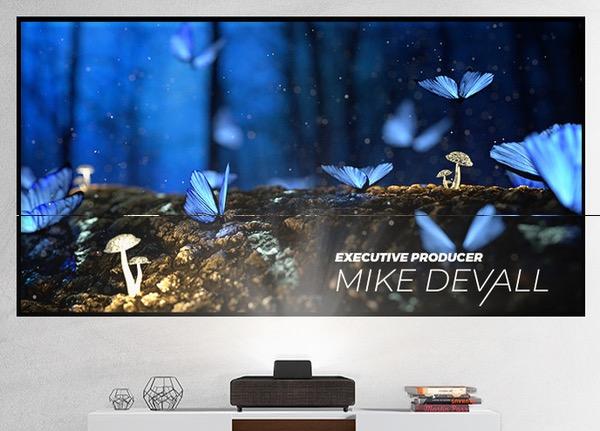Epson vs. Vava vs. Lumens

It's easy to get into the weeds on this subject (I pity the poor judge assigned to adjudicate the claim!). You'll usually see a projector's overall luminance specified in one of two ways: either simply in lumens or in ANSI Lumens. The latter spec must follow procedures established by the American National Standards Institute (ANSI). The former doesn't.
The term Lux is sometimes used to specify the level of light that exits through a projector's lens. A specific type of light meter is used to measure this at the screen, but the reading is taken with the meter's sensor aimed back at the projector. This means the result will be independent of the screen but is still affected by the projector's selected picture modes and other control settings (including zoom, if provided).
To obtain the ANSI Lumens value, nine Lux readings are taken in a grid spaced evenly across the width and height of the screen. The ANSI Lumens number is then produced by averaging these readings and multiplying the result by the area of the screen in square meters.
In a lumens measurement (without the ANSI designation), only a center-screen Lux reading is used. This will typically result in a significantly higher number since all projectors produce their highest brightness at the center of the image. There's no way to convert a specified lumens measurement to ANSI Lumens (or the reverse) without redoing the measurements.
But there are also other ways to pad either a lumens, or even ANSI Lumens, number. The projector can be adjusted to produce its maximum brightness capability without regard to image accuracy, including color. The lens zoom, if available, can also be set to produce the highest possible brightness, whether or not that zoom setting will be useful in a specific installation. I suspect that both of these tweaks are used to one degree or another even for many ANSI Lumens specs, even those that are otherwise done correctly.
I haven't reviewed any short throw projectors, but in three projector reviews I did last year for the website ProjectorCentral (my video reviewing for Sound & Vision has recently been focused mainly on flat screen UHDTVsa product category growing like kudzu), I can vouch for the fact that measuring ANSI Lumens is a tedious process, often requiring moving the projector from its primary and most convenient position to locations suited for separate max- and min-zoom measurements. I have no inside information as to how Vava or any other manufacturer takes its readings, but a recent posting in ProjectorCentral states that Vava has dropped its original 6000 lumen specification and now promotes only its previously claimed value of 2500 ANSI Lumens.
But Epson still argues that third party testing has shown both of these claims to be inaccurate. According to Mike Isgrig, vice president, consumer sales and marketing, Epson America. “Vava’s false lumens claims are misleading to consumers and this misrepresentation of performance creates confusion among people looking at viable home entertainment solutions...Ultimately, the industry suffers as a whole when companies misrepresent key performance claims and customers purchase products that don’t meet their viewing expectations.”
This isn't the first time that Epson has sought damages from a competitor it feels is misleading consumers and/or unfairly competes with Epson's more accurate (as they would argue) specs. But in those previous cases the competing products, including micro projectors, sold at far lower prices than the home theater projectors at issue here.
How this all pans out will take time given our glacial legal system. In the meantime, if you must compare specs do so within the confines of a particular manufacturer's own offerings. That is, compare the specs of two projectors from the same manufacturer, but never rely on a comparison of those specs to the same specs from a different manufacturer's products. Within a given model year it's likely (though not guaranteed) that a manufacturer will use the same test procedures across its entire projector line, but another manufacturer might employ very different measurement techniques and standards for reasons of cost, competitiveness, or (in its judgment) a superior technical approach.





























































